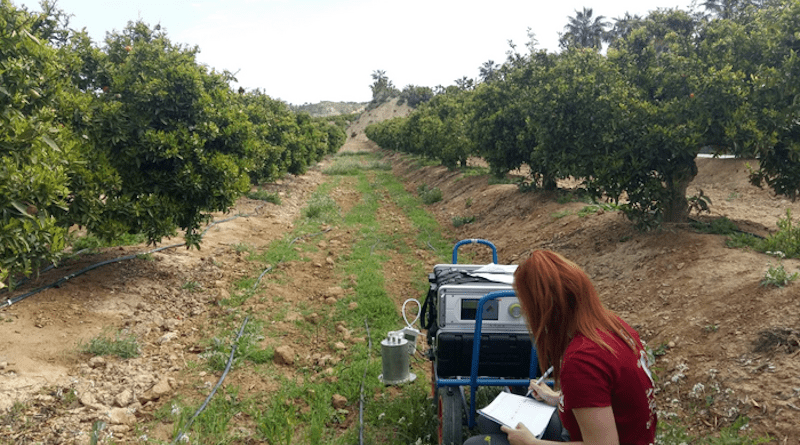Intercropping And Sustainable Farming Practices Increase Soil Carbon Reserves
The Diverfarming project evaluates the impact of intercropping and agricultural management on the dynamics of soil organic carbon in four climate regions in Spain, Italy, and Finland
Sustainable agriculture arises as a key strategy to reach the Objectives of Sustainable Development of the 2030 Agenda, which seeks to reduce poverty and hunger, and deal with climate change while preserving natural resources. In this respect, the increase in soil organic carbon reserves can represent an important step towards the development of more sustainable agricultural systems. Bearing in mind that soil organic carbon is considered one of the most important indicators of soil quality and agronomic sustainability due to its impact on other physical, chemical, and biological soil properties, the increase (or loss avoidance) in soil carbon will be determinant in this march towards agricultural and environmental sustainability.
With the aim of assessing the impact on the soil carbon cycle of those intercropping and low input practices that have been implemented within the project, a team of researchers from the University of Portsmouth, the CSIC Aula Dei Experimental Station, University of Cartagena, the Consiglio per la ricerca in agricoltura e l’analisi dell’economia agraria in Italy (CREA) and the Natural Resources Institute LUKE in Finland have assessed the changes in soil organic carbon in four case studies in which they have trialled intercropping and sustainable farming practices for more than eight years.
The use of a modified ECOSSE model to assess the impact of intercropping and agricultural management on the dynamics of soil organic carbon revealed that crop type, tillage and type of organic amendment are the factors that have the greatest impacts on soil organic carbon.
In the Spanish case study of Murcia, in nine years the addition of compost and use of vegetable covers in the diversified systems produced an increase in soil organic carbon, in comparison with conventional management. With regard to the case studies in Foggia (Italy) and Huesca (Spain) the effect of tillage was modelled on the reserves of soil organic carbon in dryland, and a positive impact was predicted when the decision was of no-tillage.
Specifically, in the cereals trial in Huesca the integrated management of no-tillage and the contribution of manure was certified as being the best strategy to increase the soil organic carbon, which could double in 20 years following these strategies, as opposed to current practices.
This assessment was also used to understand the impact of intercropping in the Boreal regions of Finland, where there is a trend of decreased soil carbon reserves (0.4% less per year). According to the results, the loss of soil organic carbon in traditional cereals can be avoided by introducing grasses or leguminous crops in conventional cereals rotations, and by adding manure.
Both simulations and measurements revealed that by considering intercropping the gain in soil organic carbon is greater in the experimental zones of the Mediterranean regions than in the Boreal ecosystems.
This study provides new insights into the potential of intercropping and sustainable agricultural practices to increase soil organic carbon in different pedo-climatic regions of Europe.

